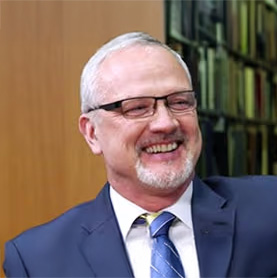Healthcare MBA Faculty Profiles
Get Program Details
This will only take a moment.
Step 1 of 2

Dr. Kenneth Harwood
Adjunct Associate Professor of Clinical Research and Leadership
Professor Ken Harwood serves as the Director of Healthcare Quality Initiatives for the Program of Clinical Research and Leadership and the Director of Research for the Program in Physical Therapy at the George Washington University. An influential leader in physical therapy education and practice, Dr. Harwood focuses on advancing healthcare quality and research.
Previously, Dr. Harwood was the Vice President of Practice and Education for the American Physical Therapy Association (APTA), where he championed efforts to enhance physical therapy education and practice nationwide. He has also held academic positions at Columbia University, New York University, and SUNY Health Sciences Center at Brooklyn, alongside consulting roles as a physical therapist and ergonomist.
Dr. Harwood’s work has been widely recognized, earning him honors such as the 2010 Advocacy Award for Improved Caregiver Safety and the Distinguished Alumnus Award from SUNY. He was part of the team that received the 1996 Woodbridge Award for Excellence in Research and testified before a U.S. Senate Subcommittee on behalf of the APTA.
Through his leadership, research and advocacy, Professor Harwood continues to shape the future of physical therapy and healthcare quality, strengthening the educational and professional landscape of his field.
